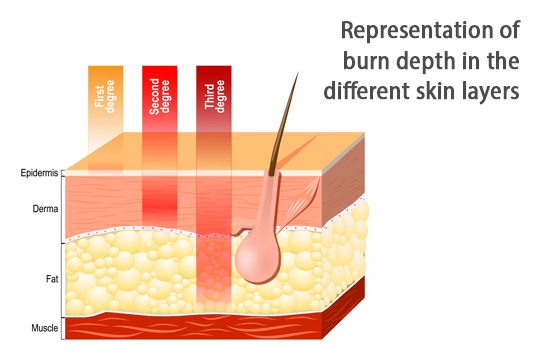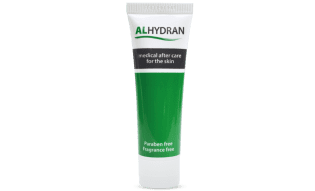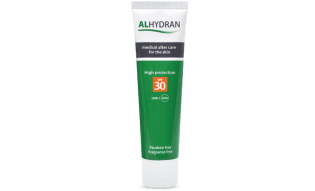Burn scar
A burn scar is a common consequence of moderate to severe burns. While some scarring is often unavoidable, there are proven ways to reduce the visibility of burn scars, improve skin comfort, and support healing. This guide explores the best burn scar treatment options, prevention strategies, and how to care for healed burn scars.





